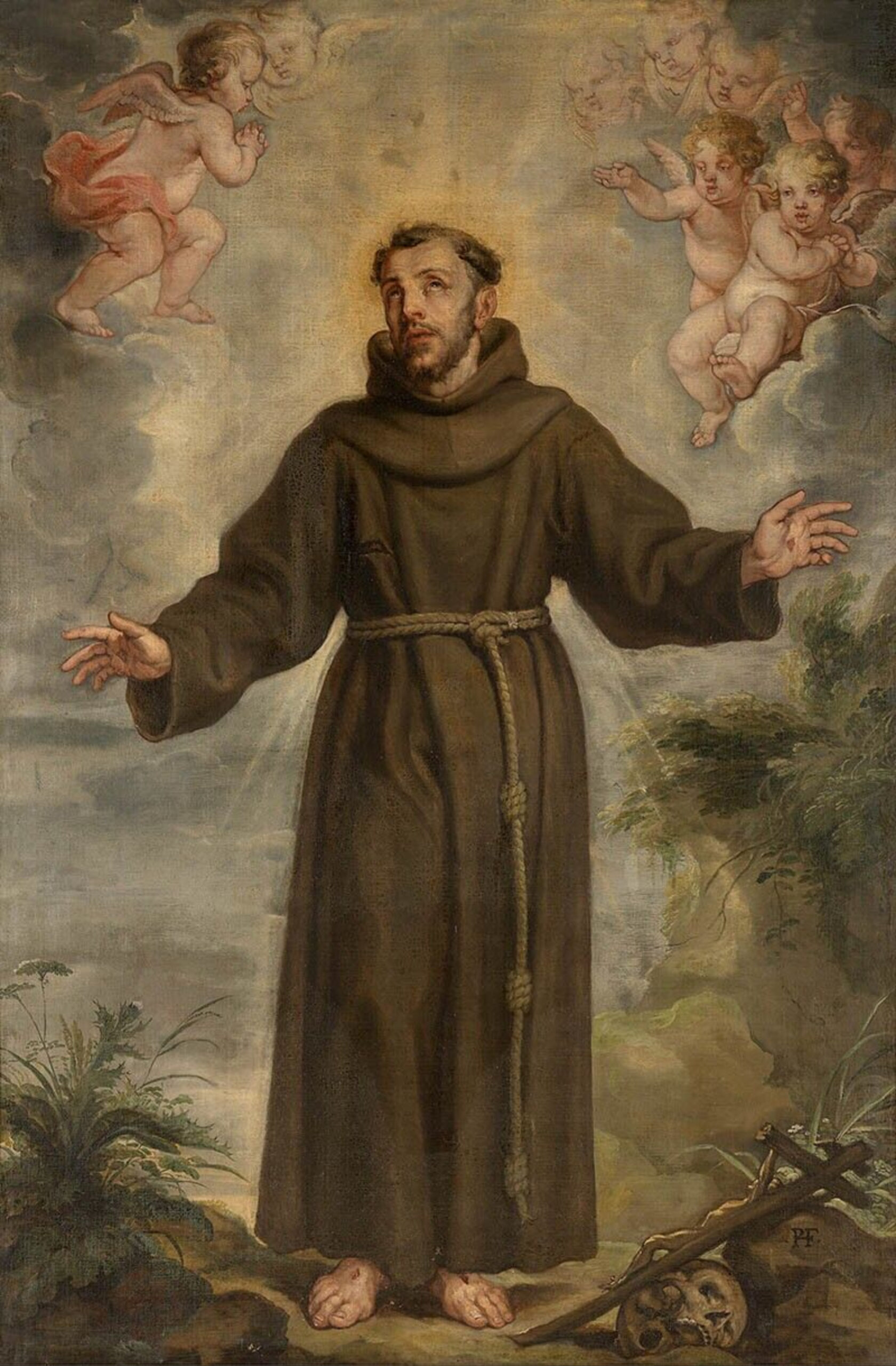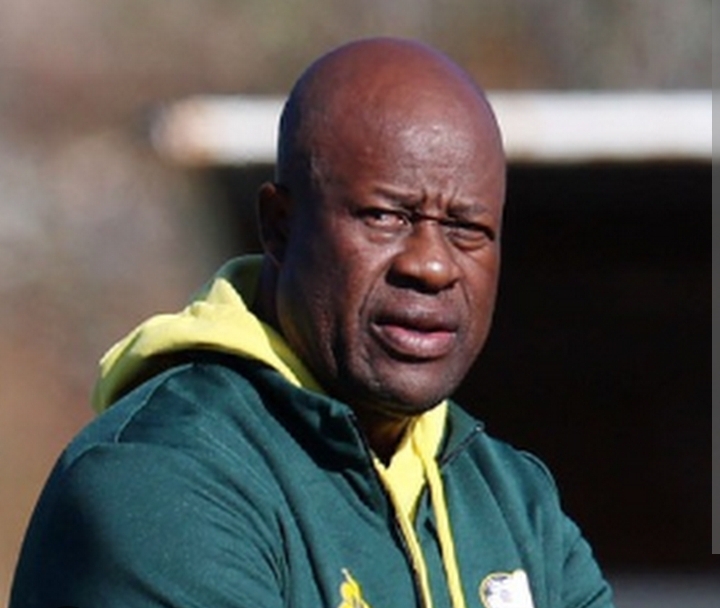St Francis Of Assisi Biography
St Francis Of Assisi Biography – St. Francis of Assisi (born 1181 or 1182 in Assisi, then part of the Duchy of Spoleto, Italy; died October 3, 1226; canonized July 16, 1228; feast day October 4) established the Franciscan religious orders, including the Friars Minor (Ordo Fratrum Minorum), the women’s Order of St. Clare (also called the Poor Clares, co-founded with St. Clare of Assisi), and the lay Third Order. He became a key figure in the early 13th-century evangelical poverty movement. Known for his deep religious passion, embrace of poverty, generosity, and compelling personality, St Francis Of Assisi inspired a large following. His intense focus on the humanity of Christ and his determination to live like Jesus mirrored and encouraged major spiritual shifts in medieval Christianity. Referred to as the Poverello (“Poor Little Man”), St Francis Of Assisi remains one of the most revered saints in Roman Catholicism. Alongside St. Catherine of Siena, he is a patron saint of Italy and was also named the patron saint of ecology by Pope John Paul II in 1979.
St Francis Of Assisi Early Life and Path to Conversion
St Francis Of Assisi was born to Pietro di Bernardone, a prosperous cloth merchant, and Pica, who may have had French origins. His birth name was Giovanni, but his father renamed him Francesco upon returning from a trip to France, likely due to affection for the country or his wife’s heritage. St Francis Of Assisi attended a school linked to San Giorgio Church, learned Latin, picked up some French, and was particularly drawn to the troubadour culture of southern France. He tried to speak and sing in French, albeit imperfectly. His early years were likely free from serious misconduct, marked instead by a joyful, worldly outlook that made him popular among the youth of Assisi.
In 1202, St Francis Of Assisi joined the conflict between Assisi and Perugia and was taken captive for nearly a year. After falling seriously ill following his release, he attempted to enlist in a military campaign in Apulia under Count Gentile in 1205. During his journey, however, he experienced a vision directing him to return home and wait for a different calling. Back in Assisi, he turned to solitude and prayer, seeking divine guidance.
Several pivotal experiences furthered his spiritual transformation: a vision of Christ in a grotto near Assisi; experiencing destitution while mingling with beggars outside St. Peter’s Basilica in Rome; and overcoming his fear of lepers by not only giving alms but kissing a leper’s hand. A turning point came at the dilapidated chapel of San Damiano, where he heard a voice from the crucifix urging him to “repair my house.” Taking this literally, St Francis Of Assisi sold cloth and his horse to raise funds, but when the priest refused the money, St Francis Of Assisi discarded it. His father, enraged, brought him before civil and ecclesiastical authorities. In a dramatic gesture, St Francis Of Assisi renounced his father and worldly possessions, stripping off his clothes and declaring God as his only father. The bishop of Assisi covered him with a cloak, and Francis retreated to the wilderness of Mount Subasio.
St Francis Of Assisi then devoted himself to rebuilding the San Damiano chapel, restoring a church dedicated to St. Peter, and ultimately repairing the Porziuncola (St. Mary of the Angels). On February 24, 1208, he heard the Gospel reading at Mass from Matthew 10:7, 9–11, which called the apostles to preach, carry no money or belongings, and rely on hospitality. This message deeply resonated with St Francis Of Assisi, who immediately abandoned his shoes and staff, wore a coarse tunic, and began preaching repentance.
Formation of the Franciscan Order
Though unordained, St Francis Of Assisi began preaching and soon attracted followers. In 1209, he composed a simple set of guidelines—the Primitive Rule—based on the Gospels, focused on following Christ’s teachings and example. He and his twelve companions sought papal approval in Rome. Pope Innocent III, after initial hesitation and a dream in which he saw St Francis Of Assisi supporting the Church of San Giovanni in Laterano, gave oral approval to the rule in 1210, thus officially founding the Franciscan Order. The Friars Minor, or Lesser Brothers, became wandering preachers owning nothing, with the Porziuncola as their only base. Their ministry quickly expanded from Umbria throughout Italy.
St Francis Of Assisi’s aim to emulate Christ literally shaped his devotion to the Eucharist and deep respect for priests. Understanding this is essential to appreciating Francis, beyond his roles as nature lover or social reformer. He saw poverty not only as an external state but as complete self-renunciation. This is evident in works like St Francis Of Assisi and His Lady Poverty and Giotto’s frescoes. In his Testament, written shortly before his death, he insisted that absolute poverty—both individual and communal—was central to his order, aligned with St. Paul’s view of Christ’s humility (Philippians 2:7).
St Francis Of Assisi regarded all of creation as reflecting God and called animals and elements his siblings—“Brother Sun,” “Sister Moon,” “Sister Death.” He lovingly referred to his illnesses as “sisters” and asked forgiveness from “Brother Ass the body” for punishing it too harshly. His sense of universal kinship extended to all people, believing that love for Christ demanded love for others.
Expansion and Evangelism
In 1212, St Francis Of Assisi and St. Clare of Assisi founded the Poor Clares, a women’s religious order. He gave Clare a habit similar to his and housed her and her followers at San Damiano. Around 1221, he established the Third Order for laypeople wishing to live by Franciscan ideals while remaining in the secular world. The growing number of friars led to the order’s spread beyond Italy.
Eager to spread the Gospel further, St Francis Of Assisi attempted several missionary journeys. In 1212, he sailed toward the Holy Land but was shipwrecked. Illness later forced him to abandon a trip to Muslim territories in Spain. In 1217, he planned to go to France but was advised to stay in Italy. In 1219, he traveled to Egypt during the Fifth Crusade and visited Sultan al-Kāmil, who was reportedly impressed and permitted him to visit holy sites.
Upon hearing of internal discord in the order, St Francis Of Assisi returned to Italy. Despite its rapid expansion, the order lacked organizational structure. To address this, St Francis Of Assisi drafted a more comprehensive rule (First Rule or Rule Without a Bull) reaffirming poverty and apostolic living, though it never received official papal approval. He appointed Peter Catanii, and later Brother Elias, as vicars to manage the order. In 1223, he submitted the revised Second Rule (Regula bullata) to Pope Honorius III, who formally approved it. This rule emphasized Gospel living, obedience, poverty, and chastity, along with regulations for preaching and discipline. Afterward, St Francis Of Assisi increasingly withdrew from administrative duties.
Final Years and Legacy
In December 1223, St Francis Of Assisi created a nativity scene at Greccio, celebrating Christ’s birth in a new, vivid way. The next year, while fasting at La Verna for the feast of St. Michael, he prayed for divine guidance and received a vision of a six-winged seraph on a cross, symbolizing Christ. This mystical experience left him with stigmata—wounds resembling those of the crucified Christ. He concealed these marks until death. After his passing, Brother Elias confirmed the stigmata to the order, and Brother Leo provided written testimony, describing St Francis Of Assisi as resembling Christ taken down from the cross.
St Francis Of Assisi spent his final two years in worsening health, including near blindness caused by illness contracted during his travels. After failed treatment, he returned to Assisi and died at the Porziuncola. Initially buried at San Giorgio Church, he was canonized just two years later by Pope Gregory IX. The pope laid the cornerstone for the Basilica of St. Francis, where St Francis Of Assisi remains were transferred in 1230.













